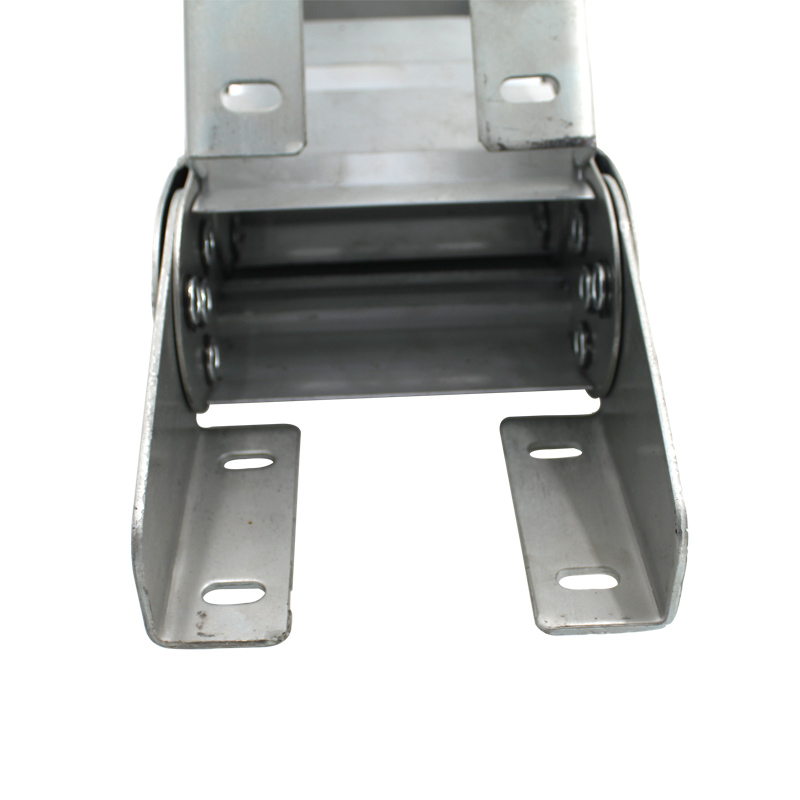steel cable carrier
Understanding Steel Cable Carriers Essential Components for Modern Machinery
In today's rapidly evolving industrial landscape, efficiency and safety are paramount. One critical component contributing to these factors is the steel cable carrier, which plays an integral role in the reliability and performance of various machines and equipment. This specialized component is engineered to protect and manage cables and hoses in a wide range of applications, ensuring smooth operation and minimizing wear and tear.
What is a Steel Cable Carrier?
A steel cable carrier, often referred to as a cable chain, is a mechanical assembly designed to guide and support flexible cables and hoses in dynamic environments. These carriers are constructed from high-strength steel, making them robust and capable of withstanding harsh conditions, heavy loads, and rigorous use. The design of the cable carrier allows for mobility while preventing tangling or damage to the enclosed components.
Key Benefits of Steel Cable Carriers
1. Durability Steel cable carriers are built to last. Steel, by nature, is resistant to wear, corrosion, and extreme temperatures. This makes steel carriers suitable for environments where plastic alternatives might fail, such as in heavy machinery, manufacturing plants, and even in outdoor applications.
2. Flexibility Steel cable carriers can be configured to accommodate various sizes and types of cables and hoses. This adaptability ensures that businesses can customize installations based on their specific needs, leading to enhanced performance.
3. Safety By securely enclosing cables and hoses, steel cable carriers minimize the risk of accidental damage, which could cause costly downtime. They also create a safer work environment by reducing the likelihood of tripping hazards and electrical hazards associated with exposed cables.
4. Reduced Maintenance One of the most significant advantages of using steel cable carriers is their low maintenance requirement. Since these carriers are designed to protect cables from abrasion and other forms of wear, routine inspections often reveal minimal need for repairs or replacements, thereby saving time and costs.
5. Enhanced Aesthetics and Organization In addition to their functional benefits, steel cable carriers help maintain an organized and visually pleasing workspace. Properly arranged cables and hoses not only improve the overall aesthetics of a facility but also enhance accessibility during maintenance.
Applications of Steel Cable Carriers
Steel cable carriers find applications across a multitude of industries. This includes sectors such as
steel cable carrier

- Manufacturing In automated production lines, cable carriers are essential for managing numerous electrical and pneumatic cables that move with machine components
.- Automotive In robotics and assembly lines, steel cable carriers facilitate the seamless operation of robotic arms, allowing for intricate tasks to be performed efficiently.
- Construction Heavy machinery, such as cranes and excavators, often employs steel cable carriers to manage hydraulic hoses and electrical wiring, providing uninterrupted performance even in the most challenging conditions.
- Aerospace In aircraft and spacecraft, where precision and reliability are critical, steel cable carriers ensure that wiring and cables are protected from high-stress environments.
- Marine Offshore drilling and marine vessels commonly use steel cable carriers to prevent damage to essential cables and hoses subjected to harsh saline conditions.
Selecting the Right Steel Cable Carrier
When choosing a steel cable carrier, several factors should be considered
- Load Capacity Understanding the weight of the cables and hoses that will be housed in the carrier is crucial. Overloading can lead to premature wear or failure.
- Environment Consider environmental factors such as temperature, exposure to chemicals, and the potential for physical trauma. These aspects can significantly influence the type of carrier selected.
- Installation Space The physical dimensions of the installation area will also dictate the size and configuration of the cable carrier.
- Movement Requirements Evaluate the type and extent of movement required by the cables and hoses. Different applications may necessitate different designs, such as vertical or horizontal movement capabilities.
In conclusion, steel cable carriers are indispensable components in modern industrial machinery. Their durability, flexibility, and safety features contribute significantly to operational efficiency and reliability across various sectors. As industries continue to innovate and evolve, the importance of high-quality cable management solutions like steel cable carriers will only grow. Investing in these systems ultimately leads to enhanced productivity and sustainability, ensuring that industries can meet today’s demanding operational challenges.








